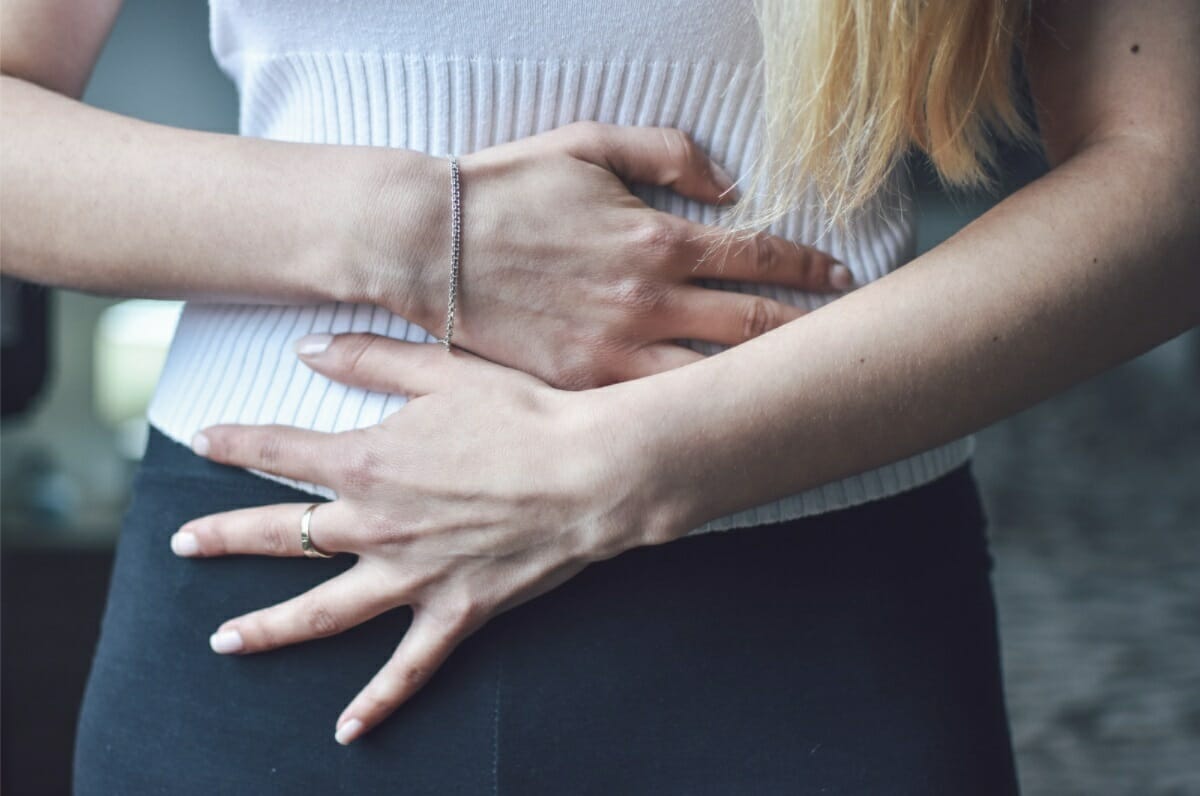Are you Suffering from Uterine Fibroids? Keep Reading to Learn More

As women approach the height of their childbearing years, they can begin to experience heavy menstruation cycles, extended menstruation cycles, pelvic pain, back pain, leg pain, and difficult urination. These symptoms can be alarming for young women, but what could be causing them?
The answer is likely Uterine Fibroids.
Uterine fibroids are non-cancerous, muscular tumors that grow within the walls of the uterus. Fibroids are extremely common, with over 200,000 cases in the U.S. every year. They vary in size, ranging from a small seedling to a dense mass that can even impact the size of the uterus. Fibroids can be singular, or multiple can accumulate in the body.
There are a few factors that can put women at high risk for uterine fibroids. As women age, usually during their 30s, fibroids become more common. Genetic history plays a crucial role in fibroid contraction. If a family member is already afflicted with uterine fibroids, the chances of contracting them increase. Race is also a risk factor. Though definitive reasoning is not concrete, black women are at an increased risk of developing uterine fibroids. Obesity doubles a woman’s chance of developing uterine fibroids. Lastly, certain eating habits can affect uterine health. A diet high in red meat or ham puts women at greater risk for fibroids. Healthy incorporation of green vegetables into your daily routine is an excellent way to combat fibroids.
Women with uterine fibroids may not know about them as symptoms can often go undetected. The condition is typically discovered on accident during a routine pelvic exam. If you are experiencing any of the following symptoms, you should consult a doctor to see if you may have uterine fibroids:
Symptoms:
- Lingering pelvic pain
- Heavy, prolonged periods
- Spotting between periods
- Anemia
- Difficulty urinating
At Pedes Orange County, a specialized treatment option recommended for uterine fibroids is uterine fibroid embolization (UFE). A UFE is a minimally-invasive, highly-effective, avenue for treating uterine fibroids.
During a UFE, one of the Vascular Specialists will begin by inserting a catheter into your upper thigh. Although you will likely be “consciously sedated” – in a groggy, twilight state – a warm sensation might be felt as the “contrast material,” a liquid agent used to assist in guided imaging, travels through the catheter. An X-ray serves as a second pair of eyes for the Vascular Specialist while they direct the catheter to the arteries that supply blood to the fibroids. When the catheter arrives at the targeted area, a biologically compatible solution of particles will be injected into the arteries.
The accumulating particle solution is what will regulate uterine blood flow. As the blood flow in this area improves, the fibroids will shrink, ultimately alleviating the painful symptoms associated with uterine fibroids.
Upon completion, a few hours of bed rest is typical. As the fibroids begin to dwindle, some light bleeding may occur for a few weeks after UFE. Normal activity can be resumed about 7-10 days post-procedure.
Do you think you might benefit from a UFE? Call one of our vascular specialists at Pedes Orange County today.










